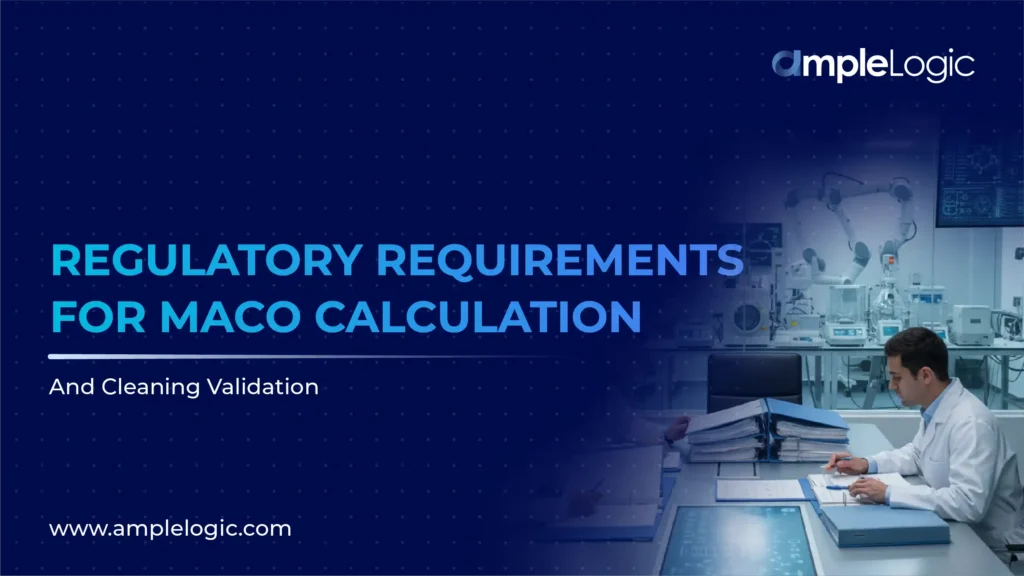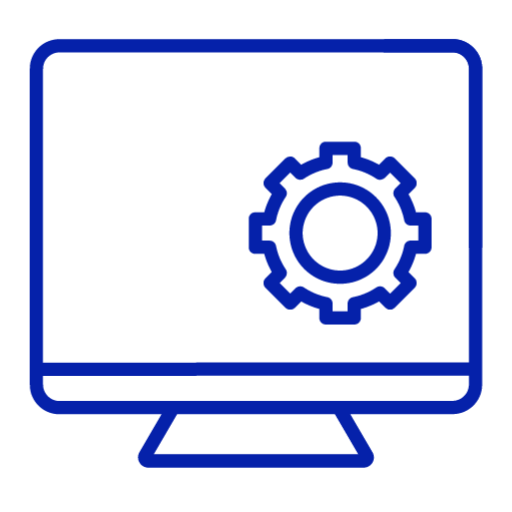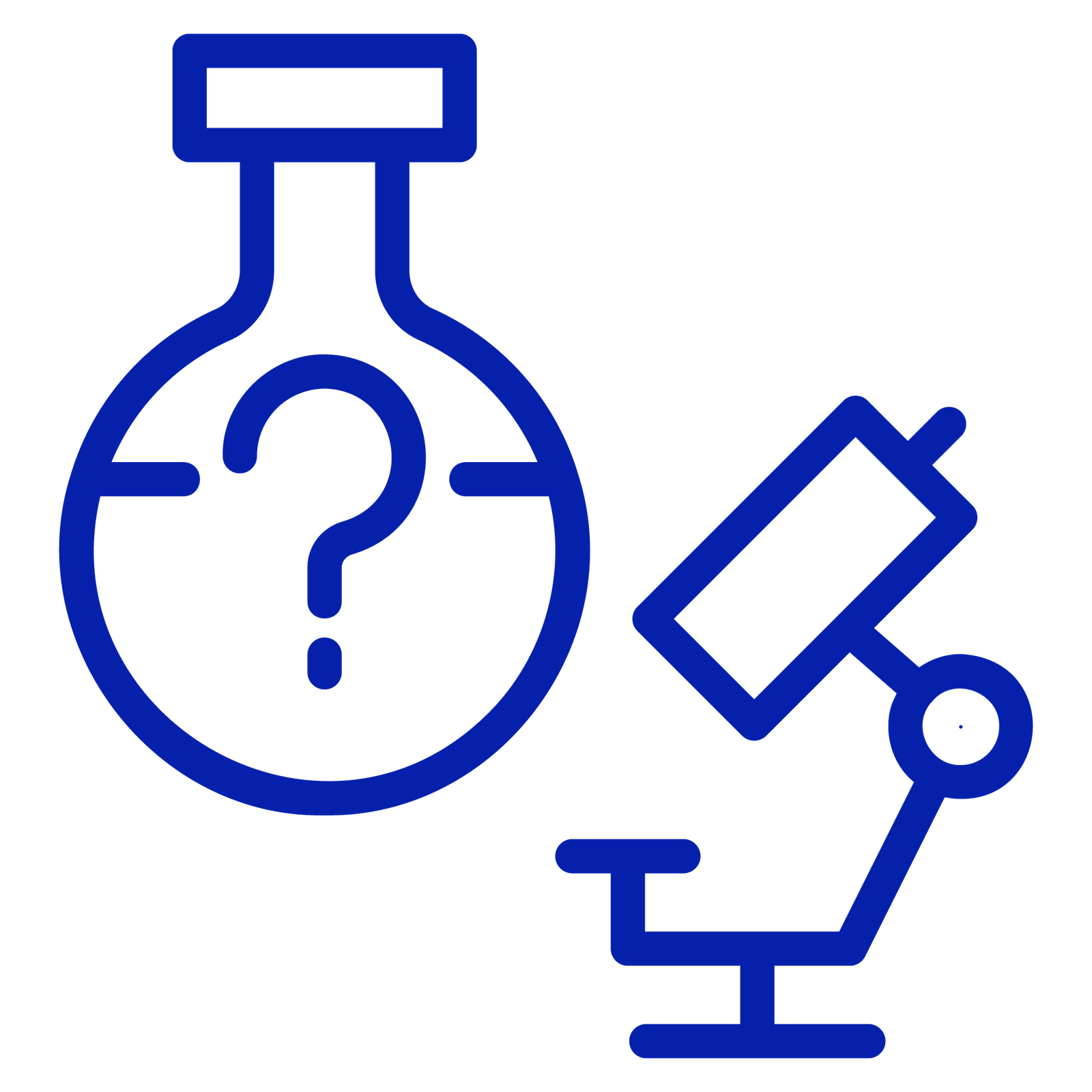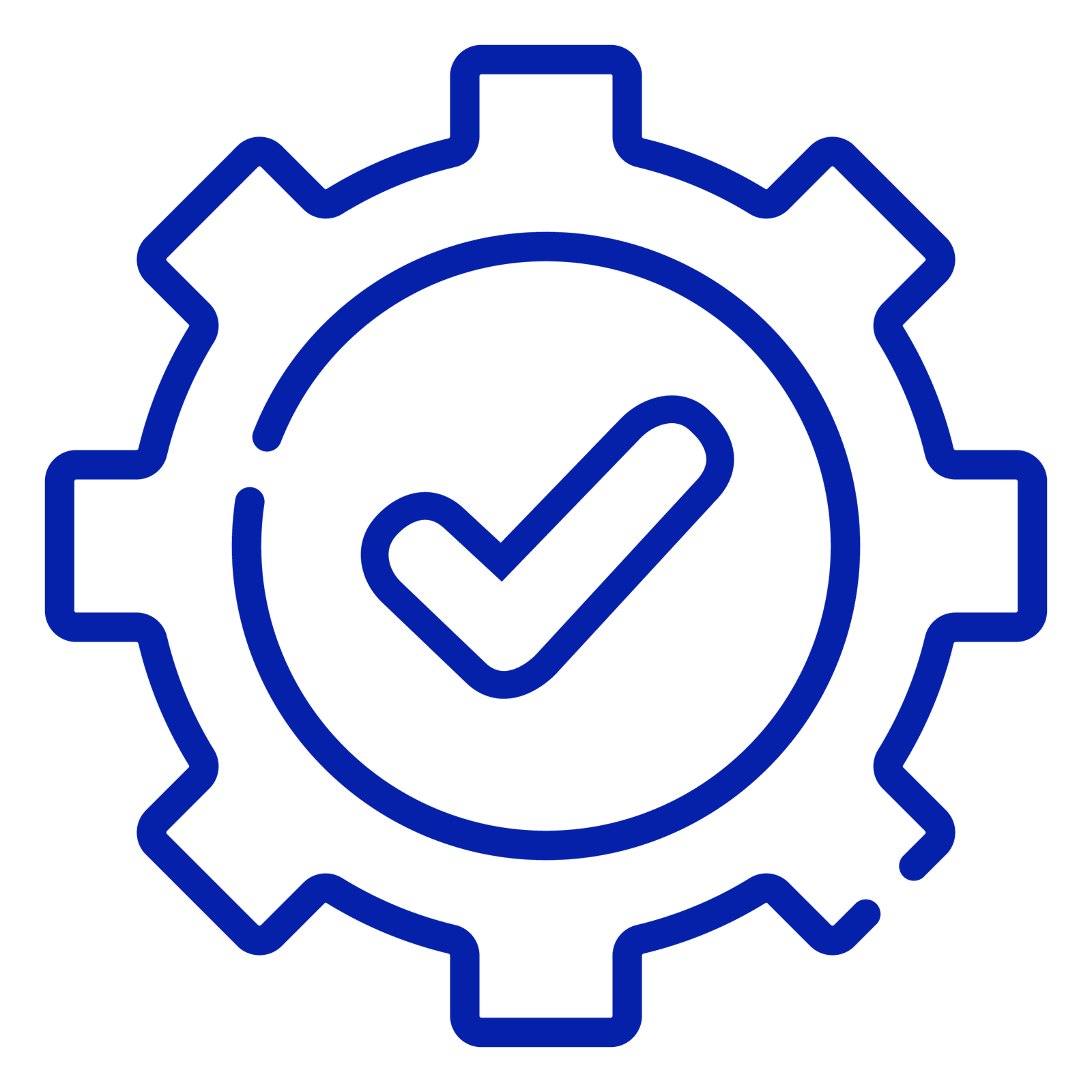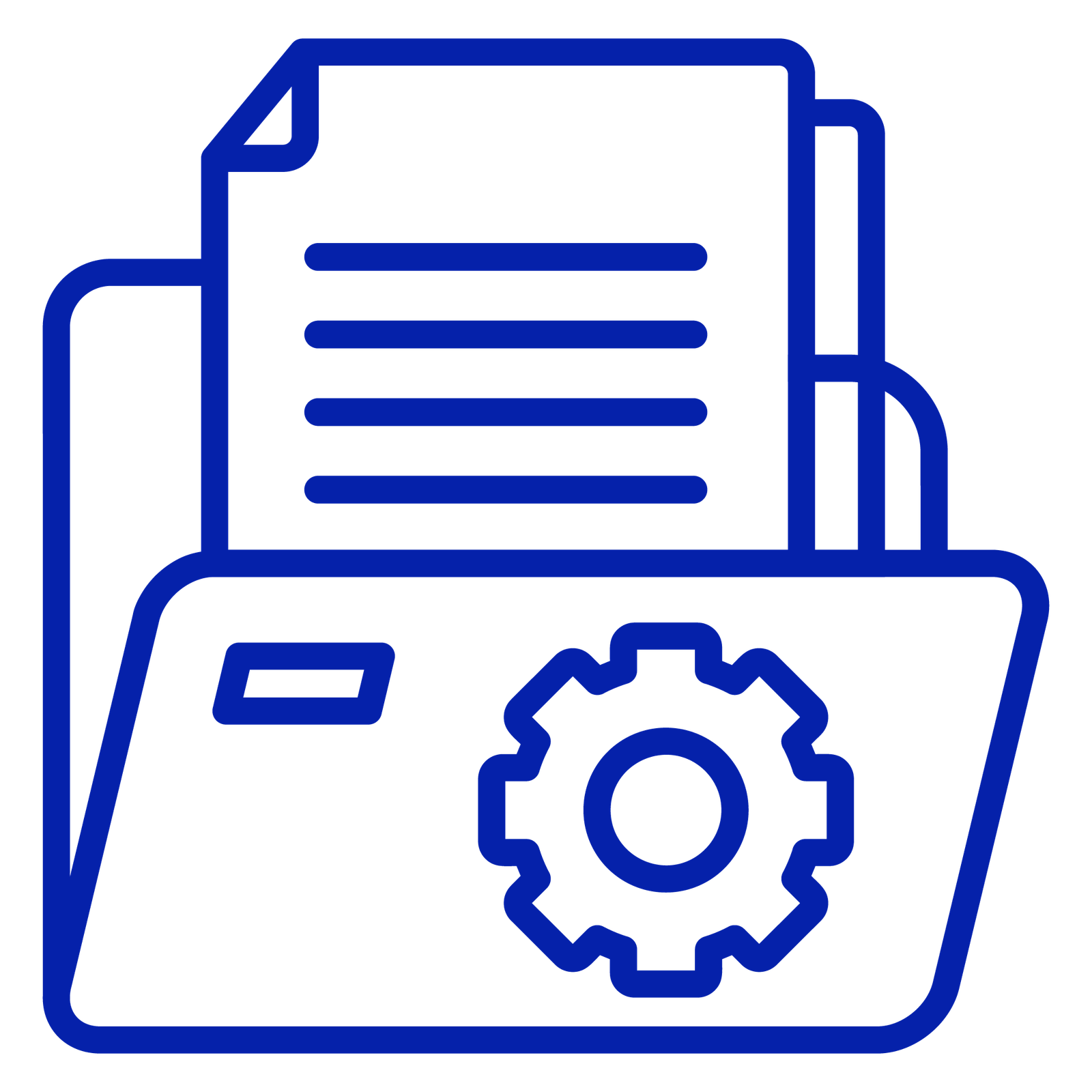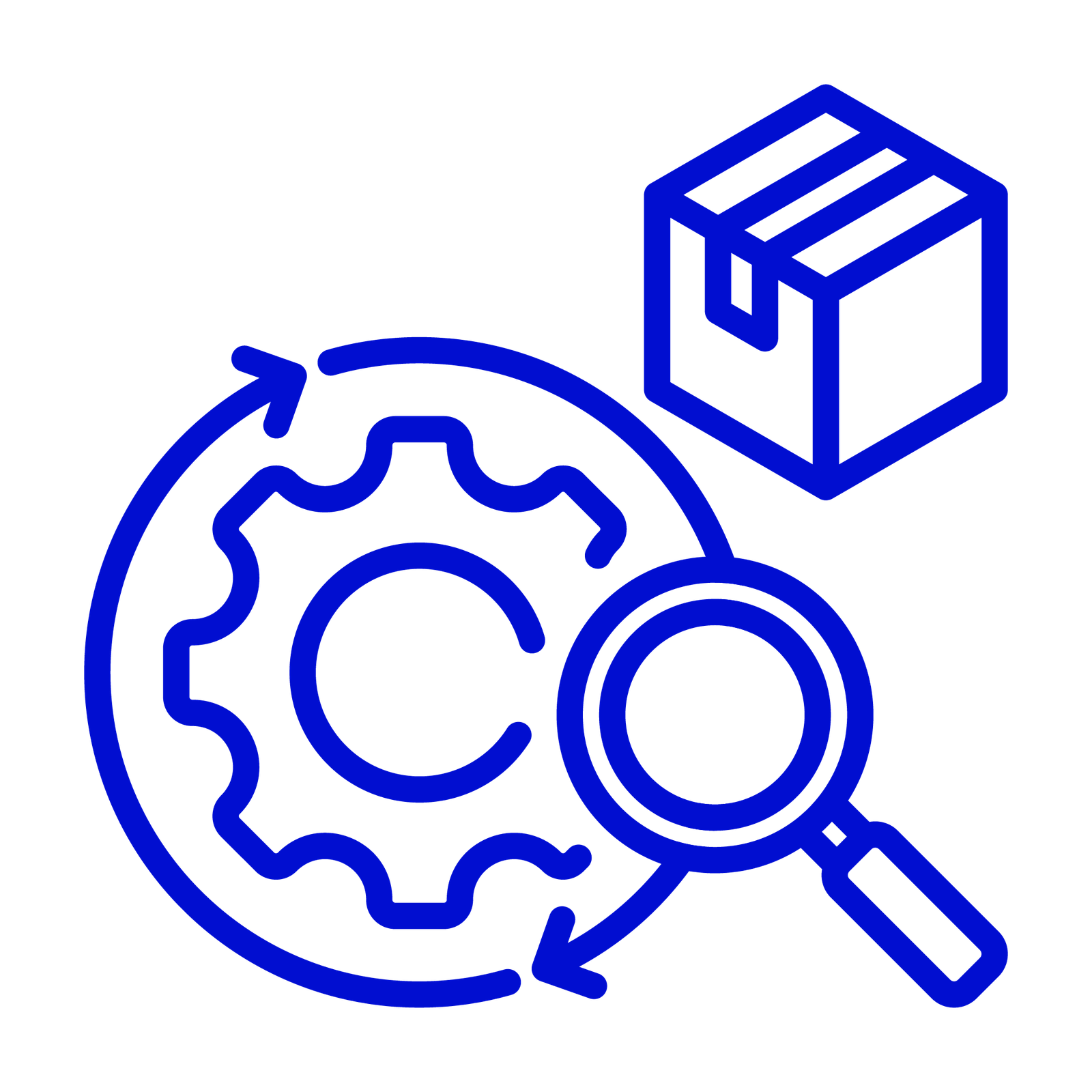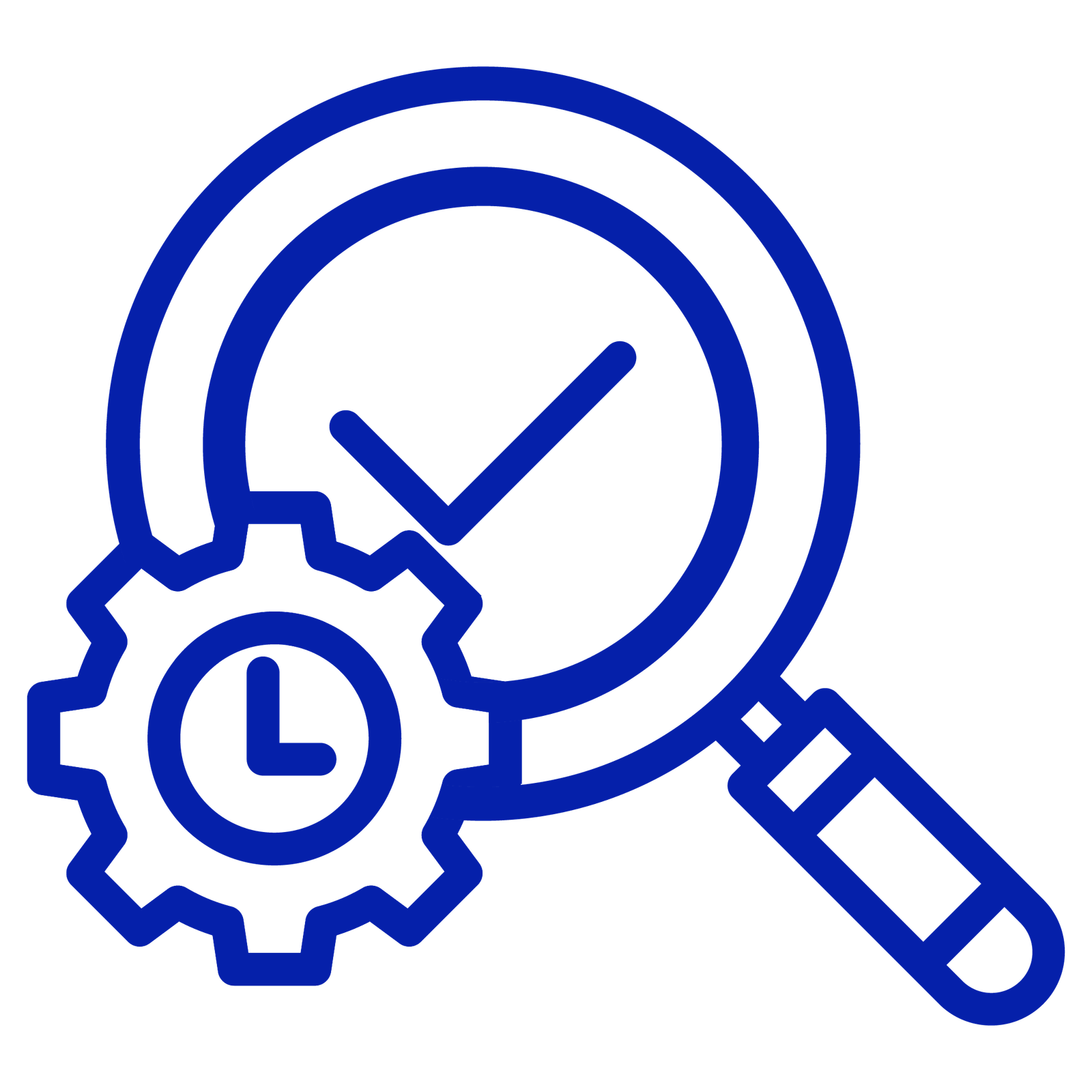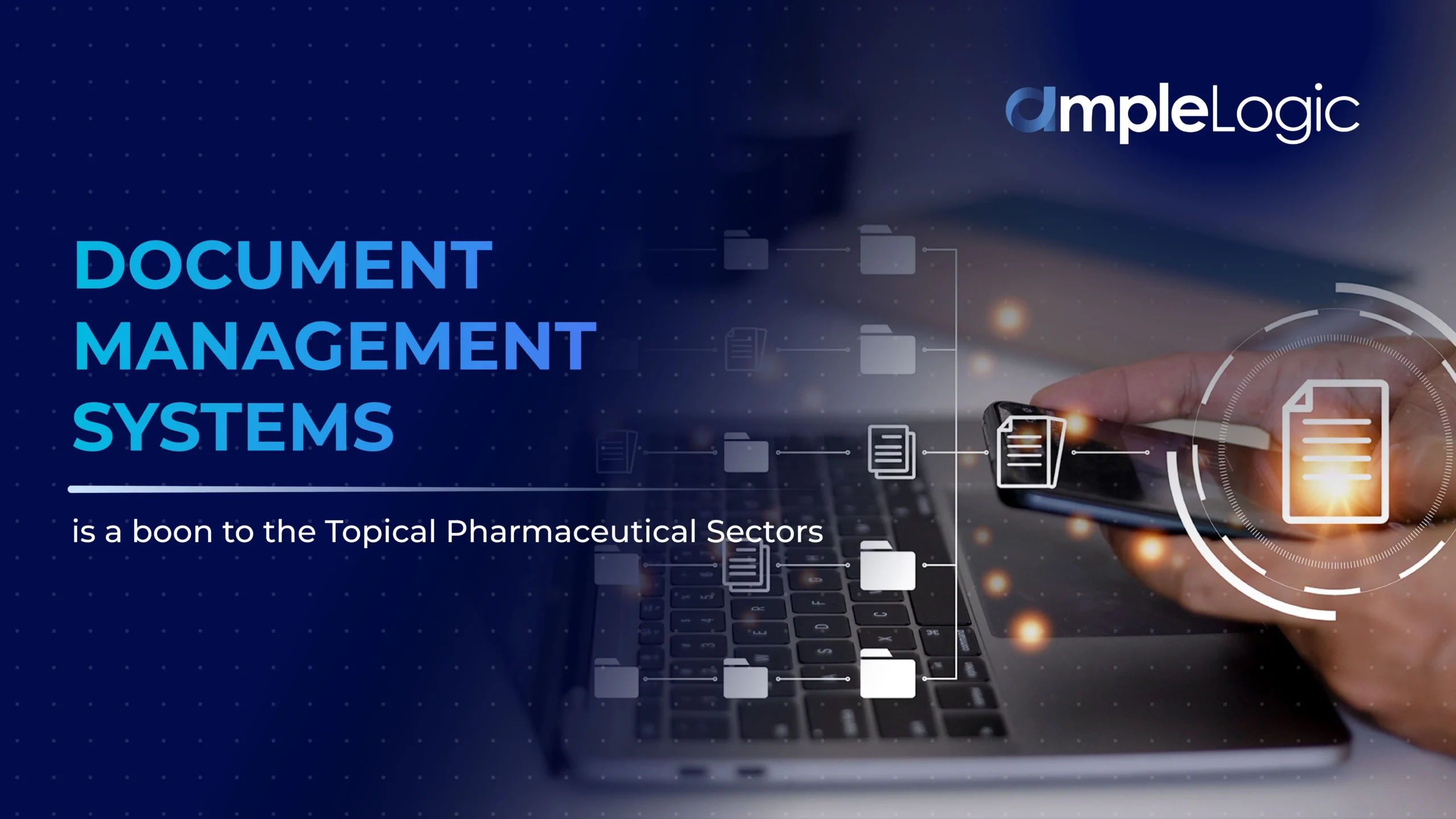
Incorporating digital technologies in the life sciences industry has become a business necessity in recent times. With daily regulatory updates, increasing documentation, and the need for faster audits, pharmaceutical companies are steadily moving away from manual processes. One such shift is toward Document Management Systems (DMS), a tool that’s becoming vital for ensuring compliance, efficiency, and data integrity.
While digital innovations have touched every sector, their role in pharma operations and quality assurance is especially transformative. Among the many tools transforming the industry, DMS stands out as an important solution, automating document workflows, reducing dependency on paper, and offering centralized control over crucial documentation.
From Manual to Digital: Why DMS is the Smarter Choice
Pharmaceutical companies deal with a large volume of documentation daily, ranging from SOPs, batch records, and stability reports to training logs and regulatory submissions. Traditionally, managing all this meant time-consuming paperwork, physical storage, and high chances of human error. But with DMS in place, pharma companies can:
- Centralize all documentation
- Streamline approvals
- Set version controls
- Track audit trails with accuracy
- Cut down physical storage and costs
Many DMS platforms now come with mobile access, cloud backup, and AI-powered tagging, making it easier for quality teams to retrieve and track documents in real time, even across global teams.
The Problem with Paper-Based Systems
Let’s face it, manual documentation in pharma is no walk in the park. Here’s what most companies struggle with:
Time consumption: Every phase depends on another, slowing down execution and planning.
- Error-prone entries: Manual input often results in mismatches, misplacements, and missed deadlines.
- Audit stress: Locating the right version of a document during inspections becomes a last-minute scramble.
- Compliance gaps: With frequent regulatory updates, it’s tough to stay aligned without a structured system.
- Inefficient training workflows: Assigning the right version of SOPs or training manuals to the right employee manually takes up time and effort.
- Poor collaboration: When production, QA, and engineering can’t access the same data in real time, miscommunication is bound to happen.
- Data security risks: Physical files are vulnerable to damage, loss, or theft.
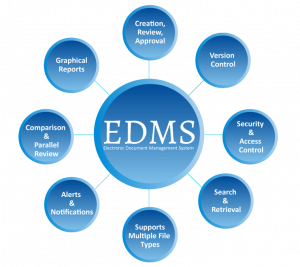
How DMS Solves These Problems?
A well-implemented Document Management System transforms how pharma companies operate. Here’s how:
- Workflow Automation: Automatically routes documents for review and approval.
- Access Control: Ensures only authorized personnel can view or edit documents.
- Version Control: Tracks all changes and ensures only the latest version is in circulation.
- Training Integration: Syncs with Learning Management Systems (LMS) to assign the right documents to the right users.
- Audit Trail Tracking: Maintains a complete log of changes, user actions, and timestamps.
- Departmental Collaboration: Enables real-time sharing and commenting across QA, production, and compliance teams.
- Cloud Backups & Disaster Recovery: Keeps documents safe in case of hardware failure or natural disasters.
- Analytics Dashboard: Monitor document usage, approval bottlenecks, and compliance readiness from a single view.
Where AmpleLogic Comes In?
Understanding the growing urgency for digital transformation in the life sciences sector, AmpleLogic offers a fully configurable DMS tailored to pharma needs. Whether you are a formulation company, topical manufacturer, or API unit, our solution can help you go paperless without disrupting existing workflows.
From small-scale teams to multi-site facilities, AmpleLogic’s DMS ensures:
- Regulatory readiness (21 CFR Part 11, EU Annex 11 compliant)
- Smooth integration with QMS, LMS, LIMS, and MES systems
- Reduced documentation delays
- Better preparedness for audits and inspections
If you’re still depending on paper trails and shared folders, it’s time to make the shift. A quick demo with our team can show you how painless the transition can be. For further such informative articles, visit Amplelogic Resources!





